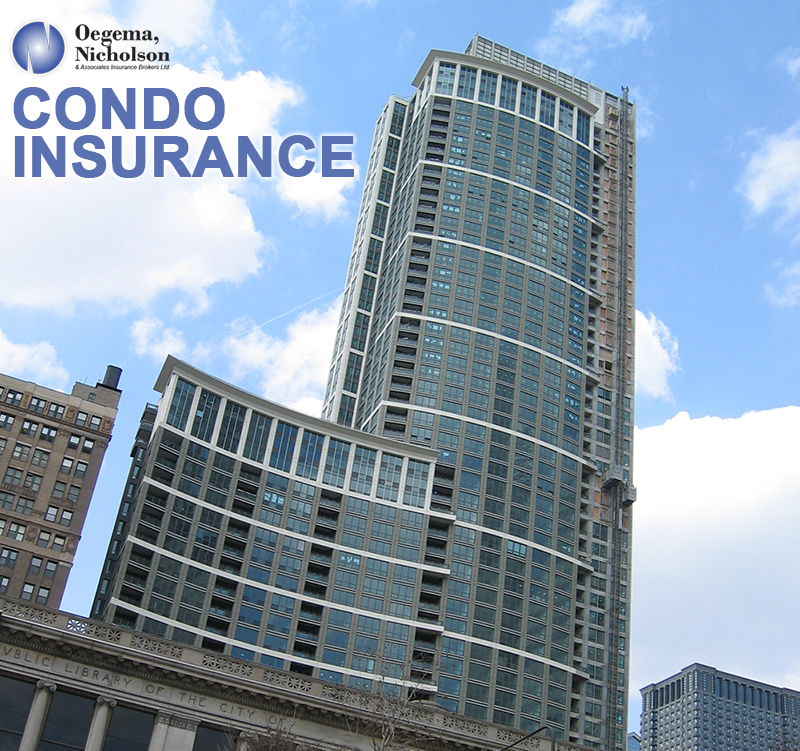
Everything You Need to Know About Condo Insurance
Condominium life has its benefits, and moving into a condo is an appealing option for people at many different stages in their lives. From young professionals to downsizing boomers, there’s been a surge in interest in condos over the last few decades – particularly in urban centres such as Ottawa. After all, there’s no shoveling of snow, and no worries about lawn upkeep… for reasons like that, many people find it to be more convenient than owning a home. But before they make the leap, people who are moving into a condo unit should be aware that there are some differences between condo insurance and typical homeowner’s insurance. For the purposes of this article, we’ll be referring generally to lowrise or highrise apartment-style condo units, but the same principles can apply to any format of ownership with shared walls, such as a townhouse.  Here’s a look at some of the basics:
Here’s a look at some of the basics:
Insuring Your Space
The biggest difference with insuring a condominium is that, unlike insuring a home, you’re obviously not responsible for ensuring the entire property of your building. Many condo owners have some degree of coverage under their condominium association but in most cases, that covers only the exterior and common areas of the building – hallways, elevators, the condo exterior and the like. So most likely, you’ll just be worrying about insuring everything inside the walls of your condo.Liability
Like home ownership, you can be held liable if someone is injured or something happens in your condo. But as compared to home ownership, one of the unique concerns of condo ownership is that damage to your unit, such as fire or flooding, could potentially spread to another unit, leaving you on the hook for damages. That’s why, just like when you’re a tenant in an apartment building, liability coverage is a smart thing to have.What You’re Covered For
Your condo insurance can be broken down into two main parts. Your contents are anything that’s your personal property. The structure is essentially anything that’s nailed down in the condo and was standard to the unit at the time of construction. If any of these ‘structure’ items were upgraded ( i.e. carpeting to hardwood, laminate countertop to granite) you are responsible to insure them; the corporation policy will not. Here’s a handy breakdown of examples:Examples of content: | Examples of structure: |
|
|

